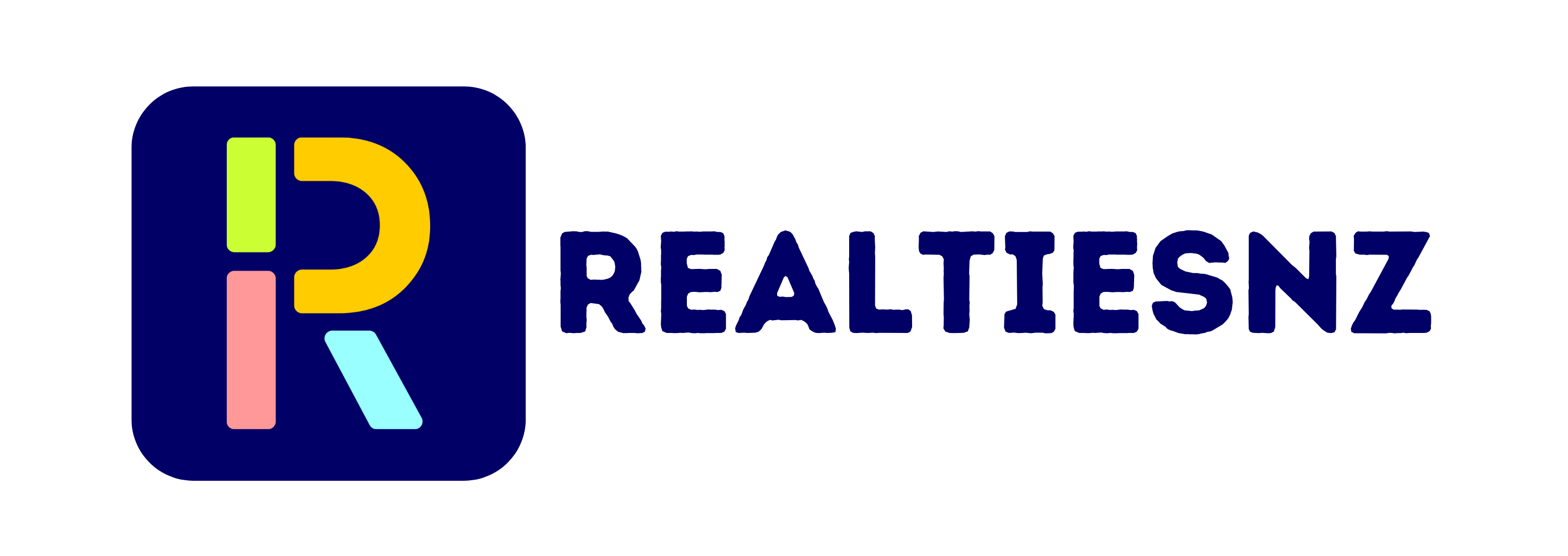1. What Is Project Crypto?
On 31 July 2025, SEC Chair Paul Atkins launched Project Crypto, a cross‑agency programme to modernise outdated securities rules and adopt on‑chain trading infrastructure.
The initiative implements recommendations from the President’s Working Group report and new stablecoin legislation, signalling a pivot to supportive regulation for tokenised markets Reuters+12CryptoSlate+12unchainedcrypto.com+12Binance+4Reuters+4unchainedcrypto.com+4Fortune+2unchainedcrypto.com+2Cointelegraph+2. Atkins emphasised that “most crypto assets are not securities”, instructing staff to rapidly develop clear guidelines on token classification, custody, issuance, and trading that distinguish between securities, commodities, stablecoins, and digital collectibles Axios+4CryptoSlate+4sec.gov+4.
2. Key Components of the Initiative
• Token definitions & exemptions: Draft rules to clarify when tokens are securities or not, with tailored safe harbours for ICOs, airdrops, and network rewards Reuters+8CryptoSlate+8MarketWatch+8.
• Tokenised securities trading: Working with firms to enable on-chain issuance and secondary trading of stocks, bonds, and funds, including custody changes to support blockchain infrastructure CryptoSlate+1Binance+1.
• “Super‑app” licences: Permitting platforms to offer trading, staking, lending and crypto alongside securities under a unified regulatory licence MarketWatch+15MarketWatch+15Reuters+15.
• DeFi and innovation exemptions: Regulatory sandboxes, innovation exemptions and interpretive guidance to foster experimental blockchain projects without immediate enforcement risk CryptoSlate.
3. Why It Matters to NZ
• Regulatory contrast: While New Zealand’s FMA and RBNZ regulators are progressing cautiously around stablecoins and crypto exchanges, the U.S. is embracing proactive rule‑writing and infrastructure on-ramping.
• Tokenisation opportunity: NZ businesses, including RE firms and agricultural cooperatives exploring tokenised securities, may benefit from lessons in regulatory design and investor protection mechanisms.
• Cross‑jurisdictional coordination: As Kiwi fintech firms expand internationally, understanding U.S. licensing regimes, custody standards, and token classification may influence strategic decisions.
• Innovation precedent: Project Crypto’s emphasis on exemptions and innovation-friendly frameworks could inspire regulatory pathways for DeFi trials or asset-backed token issuances in New Zealand.
4. What’s Next
• Draft rules and public consultation: SEC aims to release proposals for public review in coming months, especially around token classification and distribution regimes.
• Congressional and legislation alignment: Project Crypto supports the Clarity Act and GENIUS stablecoin law — further changes may follow as the U.S. moves ahead in crypto market structuring CryptoSlatesec.gov.
• Market adaptation: U.S. exchanges and token projects may become more willing to resume services in the U.S., affecting global competitive dynamics MarketWatchReutersReuters.
Final Thought:
Project Crypto represents a major turning point: not just leniency, but formal rule‑making to bring digital assets into regulated markets. For New Zealand, this offers both a blueprint and a competitive signal—regulators and innovators alike can watch how this plays out and assess how to shape local frameworks that protect consumers while fostering innovation.
TL;DR Table
🧩 Key Insights Table
| NZ Angle | Relevance |
|---|---|
| Regulatory Comparison | U.S. moves faster on crypto-friendly lawmaking than NZ |
| Tokenisation Use Cases | Potential framework precedent for NZ asset tokenisation |
| Innovation-Friendly Policy Tools | Exemptions & sandboxes may inspire Kiwi pilots in crypto markets |
| Cross-Border Expansion | U.S. licensing clarity can guide Kiwi fintech firms looking abroad |

